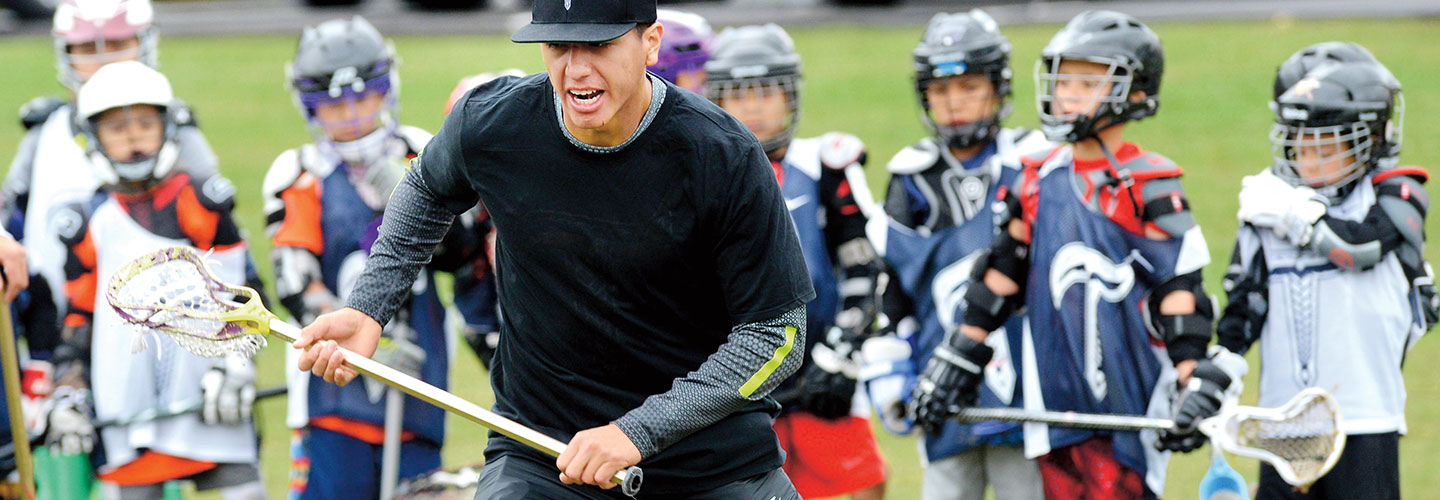John Other Medicine/Courtesy of Janice LaFloe
Dakota LaFloe of Minnesota can’t get enough of lacrosse. The 12-year-old midfielder races up and down the field with his stick. He works hard to help his team score goals.
“I love everything about it,” Dakota says.
Dakota is a member of the Ojibwe (oh-JIB-way) Native American tribe. For him, lacrosse is more than a game. It’s a tradition. That’s because Native Americans created lacrosse hundreds of years ago. Many Native players say they’re proud to keep the tradition alive—and to see the game grow.
Dakota LaFloe of Minnesota can’t get enough of lacrosse. The 12-year-old midfielder races up and down the field with his stick. He works hard to help his team score goals.
“I love everything about it,” Dakota says.
Dakota is a member of the Ojibwe (oh-JIB-way) Native American tribe. For him, lacrosse is more than a game. It’s a tradition. That’s because Native Americans created lacrosse hundreds of years ago. Many Native players say they’re proud to keep the tradition alive—and to see the game grow.

